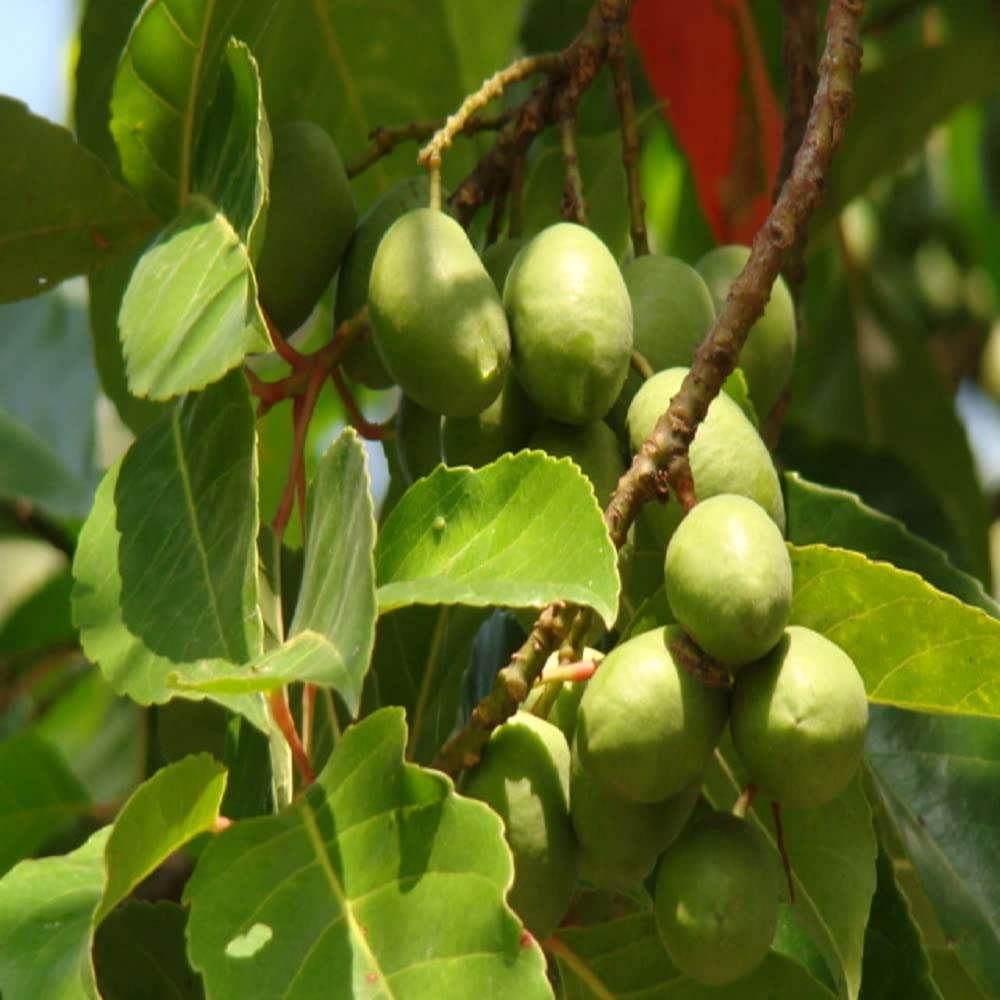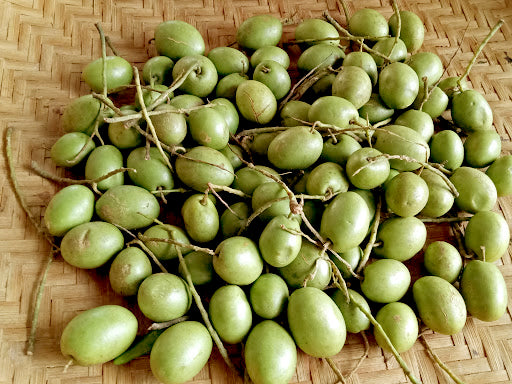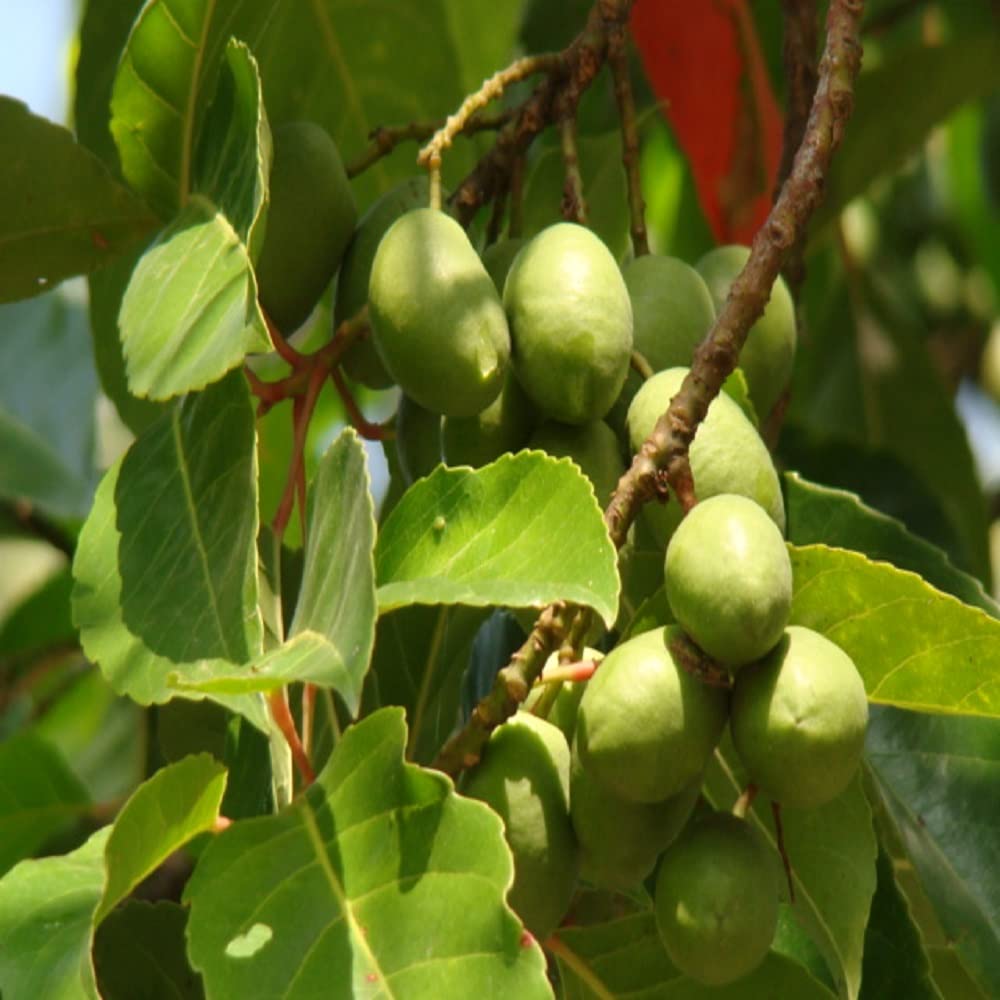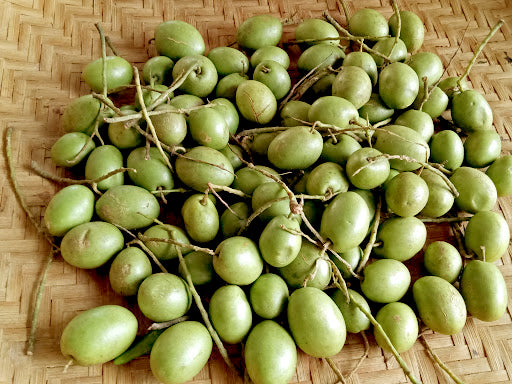Plantparadise
Indian Variety Olive (Jalpai) Plant
Indian Variety Olive (Jalpai) Plant
Regular price
Rs. 549.00
Regular price
Rs. 1,199.00
Sale price
Rs. 549.00
Unit price
per
Shipping calculated at checkout.
Couldn't load pickup availability
Olive trees (Olea europaea) are not native to India, but they can be grown in certain regions of the country that have a suitable climate. Olive cultivation has gained some popularity in India in recent years, particularly in states like Rajasthan, Maharashtra, and Tamil Nadu, where the climate and soil conditions are conducive to olive cultivation. Here is a general description of olive plants:
-
Tree Size and Appearance:
- Olive trees are evergreen and can reach a height of 3 to 8 meters, depending on the variety and growing conditions.
- They have a twisted, gnarled trunk and small, lance-shaped, silvery-green leaves.
- The tree's appearance can vary slightly depending on the variety, but they generally have a dense, bushy canopy.
-
Fruit:
- Olives are the fruit of the olive tree and are typically small, oval, and green when unripe, turning black or purplish-black when fully ripe.
- The fruits are usually harvested for their oil content, but they can also be processed for table olives.
-
Flowers:
- Olive trees produce small, white, fragrant flowers in clusters.
- The flowering period can vary depending on the region but typically occurs in late spring to early summer.
-
Climate Requirements:
- Olive trees prefer a Mediterranean climate, characterized by hot, dry summers and mild, wet winters.
- They are adapted to regions with long, warm growing seasons and can tolerate some drought.
-
Soil Requirements:
- Olive trees thrive in well-drained soil with good aeration.
- They can tolerate a range of soil types but prefer slightly alkaline soil.
-
Propagation:
- Olive trees are typically propagated from cuttings or by grafting onto rootstocks.
- They are slow-growing and may take several years to bear fruit.
-
Cultivation:
- Proper pruning is essential for maintaining the shape and productivity of olive trees.
- They should be irrigated carefully to avoid waterlogged soil, as they are sensitive to excess moisture.
-
Pests and Diseases:
- Olive trees can be susceptible to various pests and diseases, including olive fruit fly, scale insects, and fungal infections.
- Integrated pest management (IPM) practices are often used to control these issues.
-
Harvesting:
- Olive harvesting typically takes place in the fall when the fruits are ripe.
- The timing of the harvest can affect the flavor and quality of the olive oil.
Materials
Materials
Shipping & Returns
Shipping & Returns
Dimensions
Dimensions
Care Instructions
Care Instructions




